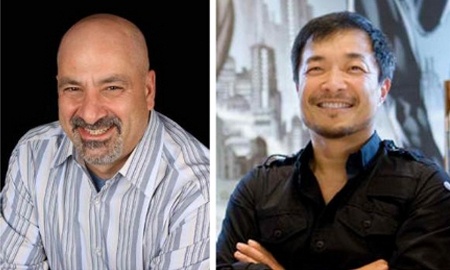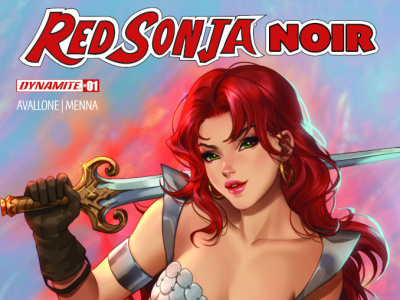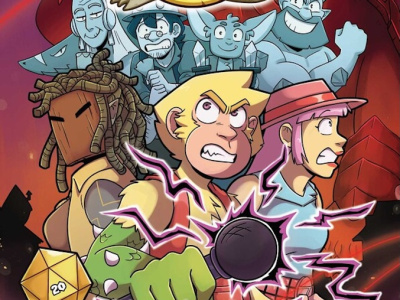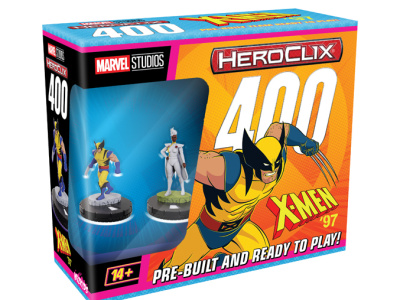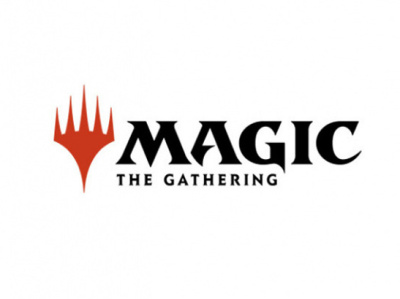We talked to DC Co-Publishers Jim Lee and Dan DiDio at San Diego Comic-Con to catch up on Rebirth and a couple of other current topics. In Part 2 of our two-part interview, we talk about what’s happening at Vertigo, why The Killing Joke is blowing up sales records, comic pricing strategy, and their expectations for the top DC releases between now and the end of the year. In Part 1, we talked about the response to Rebirth, cutting overprints on Rebirth titles, and expectations for returns.
Where are you with Vertigo? The last time we talked your plans were still in flux. Do the editors still report to you?
Lee: We promoted Jamie Rich to Group Editor of the Vertigo line. He has tremendous experience. He was Senior Editor before. He used to work at Oni Press. He’s a critically acclaimed creator himself, so he’s got a lot of connections within the talent community. Vertigo is still a cornerstone of our imprint strategy.
You’re still announcing titles.
Lee: Still publishing titles. We had some success with Lucifer, Unfollow, and Clean Room. And we’ve got other projects featuring some of the big names that have broken out in the Rebirth event: Tom King with Sheriff of Babylon, Josh Williamson has been announced to do a new book called Frostbite (he’s the writer on Flash). There’s other stuff in the works. It’s very much part of our imprint strategy.
What is the definition of a Vertigo book now?
Lee: It’s the home for stand-alone IP that really focus on genre or content, so non-superhero. We’re looking for things that take genre and redefine it in ways that are surprising or innovative. So if you look at a book like Survivor’s Club, it’s the idea that all these people who are survivors from horror movies get together and realize there was a method behind all the madness; that they survived for a reason and they band together and form this team. It’s a really interesting take on that genre and a way of creating a new team of characters in a way that hasn’t been done before. That’s garnered a lot of interest and media. It’s really finding the balance between creating books that find success as books themselves and find properties that have potentially life beyond the printed page in media. So that’s the mission.
DC book sales for The Killing Joke is amazing. The connection to Suicide Squad…anything else driving that?
DiDio: The animated film also. There was a lot of conversation, a lot of anticipation and built-up tension for that. The fact that they were using cast members from the Batman Animated Series to voice it built more excitement. But, there’s always been interest in Joker, there’s always been interest in that story. You just can’t ignore the fact that this has been a quality product. And it’s always been a consistent seller, but you’re right, it’s been fueled by things like Suicide Squad and the animated feature. We don’t know how long that’s going to run, but we’re enjoying the success of it while it’s going.
Lee: Whenever there’s any interest in any media property, the best received, most critically acclaimed version of that character are the books that see that sales lift, even if it doesn’t tie in at all to the movie continuities.
How is the consumer making that connection?
Lee: I would argue that consumers are now savvy enough to know that original source material is not going to line up one-to-one to any media adaptation. If you read Lord of the Rings, or Walking Dead or Game of Thrones, they all have differences. I think people understand that now. I think they kind of embrace it, that’s why they want to read it; they realize it’s going to be different from what they’ve enjoyed as media so it gives them a different entry point.
We pulled out an Internal Correspondence from 1988, the year The Killing Joke came out, on a Throwback Thursday. Retail price of a single issue was $1.00. You do the inflation calculator now, they would be $2.00 as opposed to $2.99 or 3.99. You know that it was a spiral of declining sales, declining exposure, increased prices to maintain margins and viability.
Lee: Also paper went through a couple sharp spikes in 90s.
That goes to the trade-off that you’re trying to manage on Rebirth. You’re trying to attract a more mass, larger audience. Where do you think we are with that? Will we get to place where comics are priced more comparably to where they were when they were a bigger medium, or are we stuck in a niche market…
DiDio: That’s why we brought the Rebirth line down to $2.99. we found that was an acceptable price point for our fan base. It’s interesting because we used to test lower prices, and it really comes down to content. People are price insensitive based on content in some cases, not all cases. But the reality is we knew that to get people to buy in twice monthly on books, we had to make it affordable and the $2.99 price point is affordable. We’re starting to see a return on that.
I was looking at the Top 100 comic books list recently. I think the #50 was hovering around 30,000 copies. The #100 book was around 18,000 copies, which means that about 300 titles that month, (because there’s about 400 titles per month) were under 18,000 copies. That’s not a sustainable or viable business.
Unless your trade sales are great.
DiDio: But we find that trade sales are comparable to periodical sales.
Even on Vertigo titles?
DiDio: Yes, even on Vertigo titles.
Lee: There are outliers like Fables.
DiDio: But for the most part, if a book does not sell well in periodical, it does not sell well in trade. One of the things we need is to make sure our books stay viable, because if we’re lowering our base number of people purchasing our titles it makes it harder for a retailer to stock their shelf because he’s only selling 2s and 3s of titles and not 10s and 20s. We’ve got to find a way to attract more people, not less.
We did an analysis the day I started at DC. A periodical that sold 40,000 copies made the same profit as a prestige that sold 25,000 copies and a hardcover that sold 10,000 copies. Everybody’s logic was “let’s make more hardcovers.” And I said, “if you’ve only got 10,000 people and if you lose 5,000, you’re out of business.” If you sell 40,000 and then sell 35,000, you’re still in business. We’re going to find a way to stay in business and stay as big. And there’s no reason why we should be losing people or selling less books at a time when our material has never been more popular.
What are the biggest DC releases between now and the end of the year?
DiDio: We’ve got all our #1s in August coming out. What we’re watching the most closely right now is what’s about to happen on the Young Animal line.
You’ve got Suicide Squad.
DiDio: The Suicide Squad stuff is really a lot of fun. In August we have three #1s with custom variants on them. The retailers are excited because they’re buying their own version of the covers, but between Harley Quinn, All-Star Batman and Suicide Squad #1, we’re putting up some extraordinary numbers. We’re starting to rewrite our own rules on having the highest selling month ever. It’s fun to see.
Click here to go back to Part 1.
For more from our interview with the Co-Pubs, see "DC Restructures Sales and Marketing."
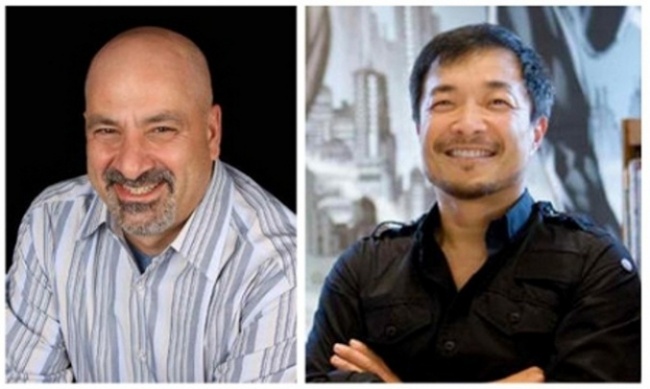
Vertigo, 'Killing Joke,' Pricing, Top Releases
Posted by ICv2 on August 2, 2016 @ 12:52 pm CT
MORE COMICS
From Dynamite Entertainment
June 13, 2025
Here's a preview of Red Sonja Noir #1, published by Dynamite Entertainment.
By YouTubers with Over 800K Subscribers
June 13, 2025
The graphic novel is based on a YouTube series that has over 800,000 subscribers.
MORE NEWS
Themed Team Set Features Wolverine, Storm, and More
June 13, 2025
WizKids revealed Marvel HeroClix 400: X-Men '97 , a miniatures boxed set.
As Well As New Promo Cards
June 13, 2025
Wizards of the Coast revealed the details of the upcoming Commander Party events for the Magic: The Gathering - Final Fantasy set season.



